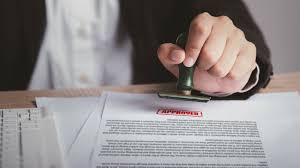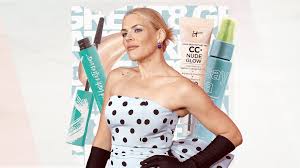Dressing appropriately in the workplace can be the key to making a lasting impression. Whether you’re attending an important meeting or stepping into a high-stakes interview, understanding the concept of business formal attire is essential for projecting confidence and professionalism. In this guide, we’ll walk you through the essentials of business formal, why it matters, and how to get it right every time.
What is Business Formal?
Business formal is the most polished level of professional dress code. Often required in corporate offices, law firms, and high-level business meetings, this attire communicates respect, credibility, and competence. Unlike business casual, which allows more relaxed pieces, business formal emphasizes structure, coordination, and elegance.
For men, this typically means a tailored dark suit, a crisp dress shirt, a conservative tie, and dress shoes. For women, options include a matching pantsuit or skirt suit, a formal blouse, closed-toe heels, and minimal accessories. Neutral colors such as black, navy, and gray are common choices, helping to maintain a clean, professional appearance.
Why Business Formal Still Matters Today
Despite the rise of flexible dress codes in many industries, business formal attire continues to play a vital role in many professional settings. It shows a high level of preparation and respect for the occasion, especially in scenarios like interviews, client meetings, or formal events. Dressing formally can also influence how others perceive your competence and reliability.
Additionally, being familiar with formal dress codes makes transitioning between different work environments much smoother. For those aiming to advance their professional career, mastering business formal attire is a smart investment in personal branding.
Key Elements of a Business Formal Wardrobe
Building a business formal wardrobe doesn’t mean owning dozens of expensive suits. Instead, focus on quality over quantity. A few well-fitted, timeless pieces can take you far. Here are the essentials:
-
Tailored Suits: Invest in at least one dark-colored suit made from high-quality fabric. The fit should be sharp but comfortable.
-
Dress Shirts and Blouses: Choose neutral or light-colored shirts that can pair well with various suits. Avoid loud patterns or bright colors.
-
Footwear: Leather dress shoes or low-heeled pumps are standard. Make sure they are clean and in good condition.
-
Accessories: Keep it minimal. A classic watch, a simple necklace, or stud earrings can complement the look without being distracting.
Business Formal vs. Other Dress Codes
Confused about the differences between business formal, business casual, and smart casual? You’re not alone. Understanding these variations can help you dress appropriately for every occasion. If you’re unsure about the expectations at a new job or meeting, it’s always better to err on the side of formality—you can always adjust once you understand the culture.
Conclusion: Dress for the Success You Want
Business formal attire isn’t just about looking good—it’s about feeling confident and prepared for anything the professional world throws your way. With a few wardrobe staples and a solid understanding of the dress code, you’ll be ready to make a great impression wherever your career takes you. Remember, when in doubt, dress up—not down.




